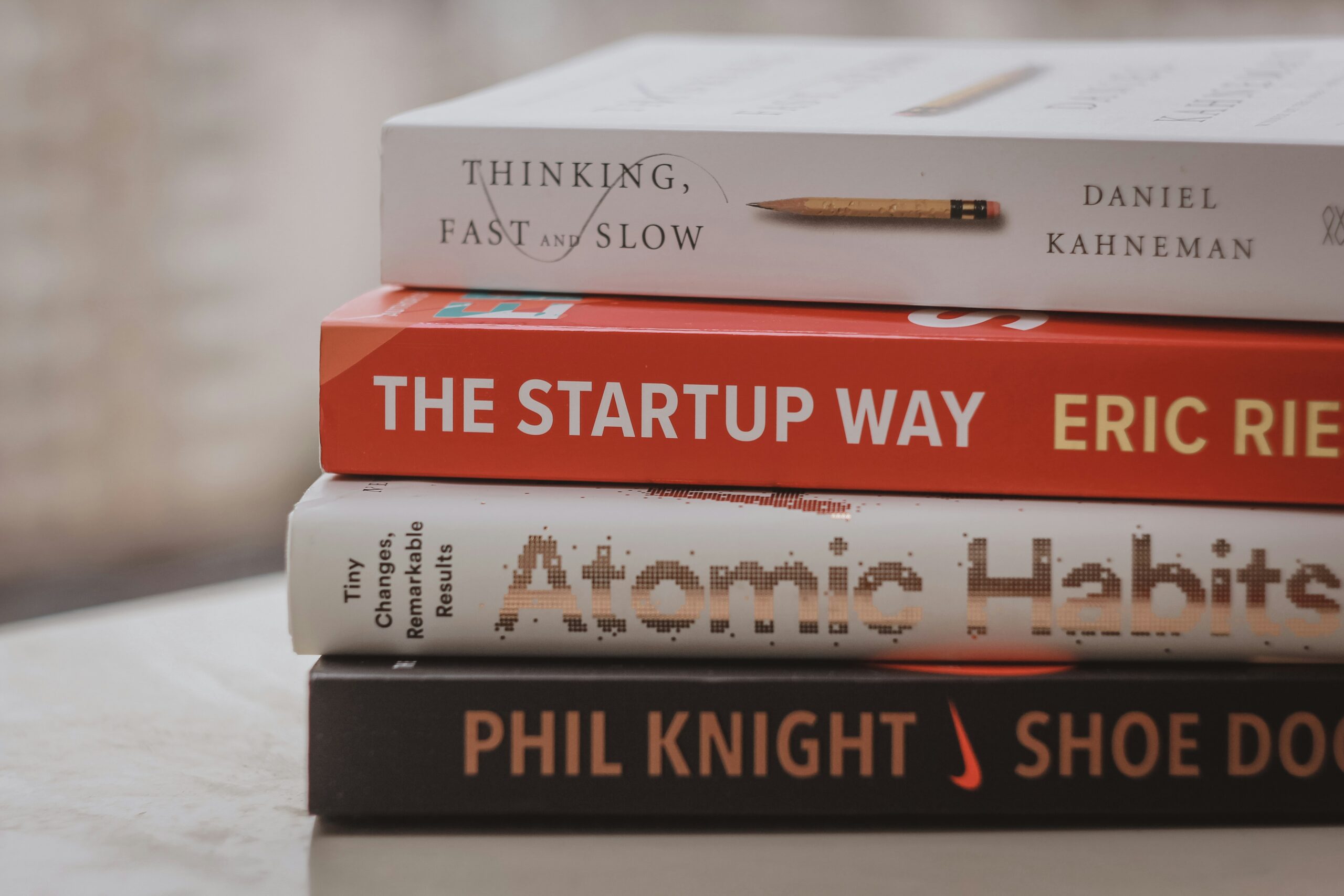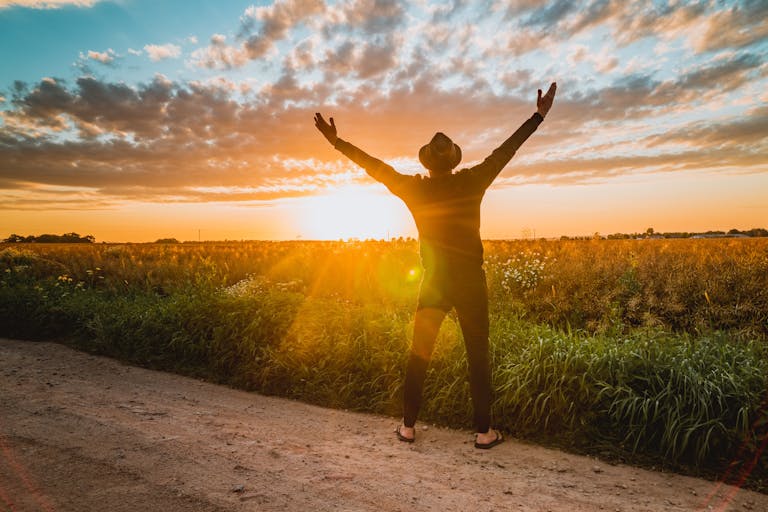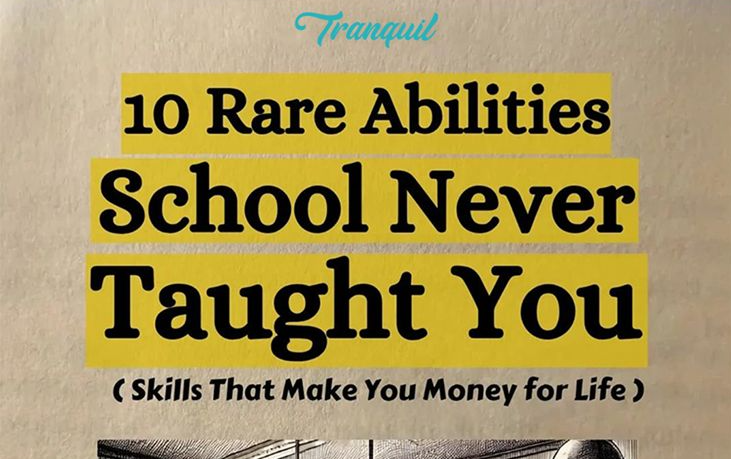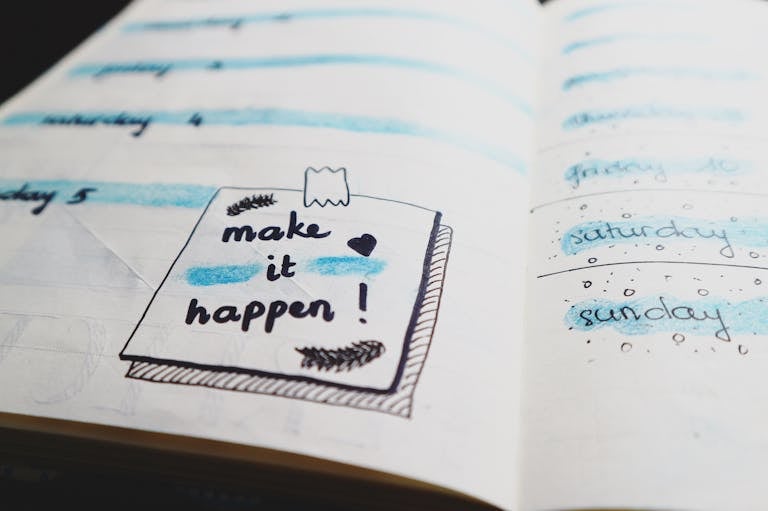How I Made 200 New Friends in One Year – My Journey to Connection
Making new friends as an adult can feel like a challenge. Between work, responsibilities, and personal obligations, it often seems like there’s little time left for socializing. Yet, in one year, I managed to expand my social circle by 200 people. Sounds impossible? It’s not! By stepping out of my comfort zone and adopting a few key habits, I was able to meet incredible people, form deep connections, and build a thriving social life.
If you’ve ever felt lonely or wanted to expand your social circle, this guide will help. Here’s exactly how I made 200 new friends in a year and how you can, too.
Understanding the Importance of Social Connections
Humans are social beings. We thrive on connections, and strong friendships contribute to our emotional well-being. Studies have shown that having a strong social circle can improve mental health, reduce stress, and even increase lifespan.
When I realized how valuable friendships were, I made a conscious effort to prioritize socializing. This shift in mindset allowed me to open up to new opportunities and meet people from diverse backgrounds.

Additionally, friendships serve as a source of motivation, encouragement, and accountability. Whether it’s pursuing career goals, maintaining healthy habits, or simply navigating life’s challenges, having a strong support system makes all the difference. Investing in relationships isn’t just about socializing; it’s about building a life filled with joy and meaningful experiences.
Overcoming the Fear of Rejection
One of the biggest barriers to making new friends is the fear of rejection. Many people hesitate to reach out because they worry about being judged or turned down. I had to train myself to understand that rejection is a natural part of the process.
Instead of taking rejection personally, I saw it as a learning experience. Every “no” brought me closer to a “yes,” and with time, I became more confident in putting myself out there. I reminded myself that not every interaction would result in friendship, and that’s okay. Some people may not click, and some may already have full social lives.
I also learned that rejection doesn’t define my worth. The more I exposed myself to social situations, the more I understood that rejection is often about timing or compatibility rather than personal flaws. By reframing rejection as a stepping stone rather than a setback, I built resilience and gained confidence in forming new connections.
Adopting the Right Mindset for Making Friends
A positive mindset is crucial for expanding your social circle. Instead of thinking, “I’m not good at making friends,” I started telling myself, “Every person I meet is a potential friend.”
By approaching interactions with an open mind and genuine curiosity, I found that people responded more positively to me. I also learned to be patient—strong friendships take time to develop. The key was to focus on being present and making every interaction enjoyable rather than treating it as a transaction.
Another major mindset shift was viewing friendship as a two-way street. Instead of waiting for others to initiate conversations or invite me to hang out, I took the lead. I realized that many people were also looking for friends but felt hesitant to make the first move. By being proactive, I was able to create opportunities for deeper connections.
Using Social Media to Build Genuine Friendships
Social media isn’t just for scrolling through memes; it can be a powerful tool for making real connections. I joined online communities related to my interests and actively engaged in discussions.
I also started messaging people I admired or had common interests with. Some of these online interactions turned into real-life friendships, proving that meaningful connections can be made digitally. It was important to be authentic—rather than just commenting generic things, I engaged in thoughtful conversations and built relationships based on shared values.
Additionally, I used platforms like Meetup, Facebook groups, and LinkedIn to find local events and networking opportunities. Connecting with people online before meeting in person helped break the ice and made face-to-face interactions feel more comfortable.
Joining Interest-Based Groups and Communities
One of the best ways to meet like-minded people is by joining groups that align with your hobbies. I signed up for book clubs, fitness classes, and even language exchange meetups.
Because we shared common interests, starting conversations felt natural. It was easier to bond over mutual passions, which made forming friendships more effortless. I also made sure to attend regularly, which helped strengthen my presence and made me a familiar face in these communities.
Another benefit of joining groups was expanding my knowledge and skills. While making friends was the main goal, I also gained new experiences and perspectives that enriched my personal growth. Engaging with diverse individuals brought fresh ideas into my life and deepened my appreciation for different cultures and interests.
Attending Events and Networking Meetups
One of the fastest ways to meet a large number of people is by attending events and networking meetups. Whether it’s a business seminar, a social mixer, or a community gathering, these events are designed for people who want to connect with others.

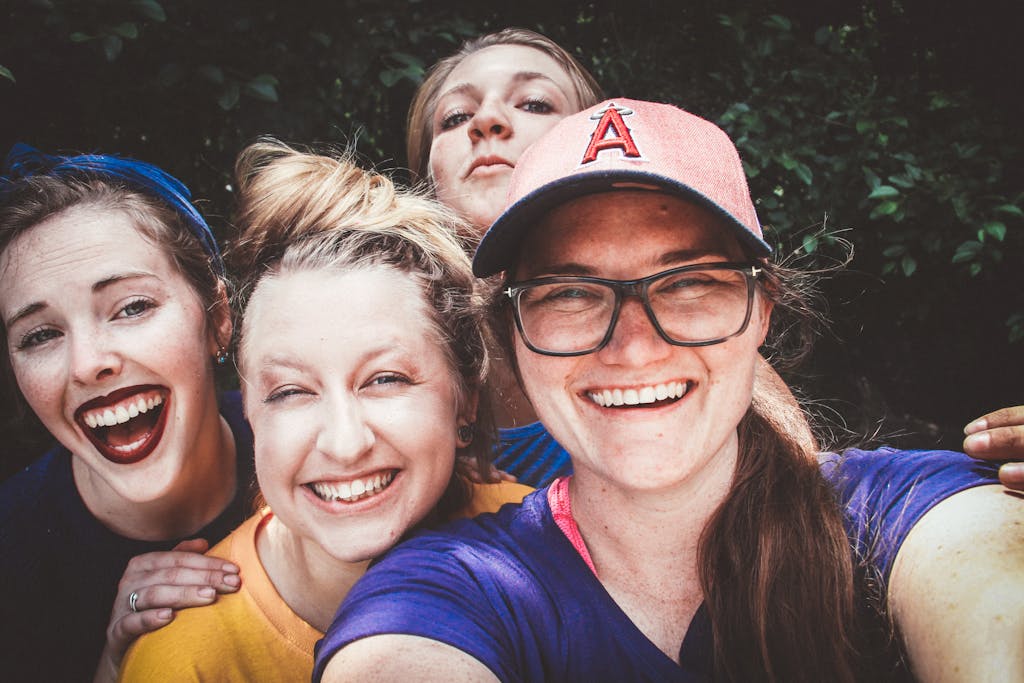
I made it a habit to attend at least two events per month. At first, it felt intimidating, but over time, I became more comfortable striking up conversations. I found that preparing a few simple icebreakers and actively listening helped me engage more meaningfully with others.
I also realized that consistency played a key role in building connections. Attending events regularly allowed me to become a familiar face, making it easier to develop friendships over time. Showing up is half the battle when it comes to making friends.
Making Friends Through Hobbies and Activities
Shared interests create strong foundations for friendships. I started participating in activities I genuinely enjoyed, such as hiking, painting classes, and board game nights. Because I was already passionate about these activities, it was easy to bond with others who felt the same way.
Being part of a community based on shared hobbies removes the pressure of forced small talk. Conversations flow naturally when you’re engaged in something fun together. Plus, committing to a hobby-based group means seeing the same people regularly, which makes forming connections even easier.
Practicing the Art of Small Talk
Small talk is often dismissed as meaningless, but it serves as the gateway to deeper conversations. I used to struggle with it, but once I learned to approach it as a skill, I improved significantly.
I practiced asking open-ended questions, such as “What do you love doing in your free time?” instead of just “How are you?” I also made a habit of remembering small details about people and bringing them up later, which showed that I genuinely cared.
Over time, small talk led to meaningful discussions, which in turn led to lasting friendships. It’s a stepping stone that can’t be skipped in the process of making new friends.
Volunteering and Giving Back to the Community
Volunteering is one of the most rewarding ways to meet people. I joined a few charity initiatives, including soup kitchens and animal shelters, and met some of the most compassionate individuals through these experiences.
Because volunteering attracts kind-hearted people who share the desire to make a difference, it was easy to connect with them on a deeper level. Plus, working on a common cause naturally fostered a sense of camaraderie and teamwork.
Strengthening Existing Friendships
While making new friends was a priority, I didn’t neglect my existing friendships. Strengthening the bonds I already had ensured that I maintained a strong support system.
I made it a point to check in regularly with my current friends, plan get-togethers, and show appreciation for their presence in my life. Nurturing old friendships prevented me from feeling isolated while expanding my social circle.
Being Open to Different Types of Friendships
Not all friendships have to look the same. Some friendships are deep and emotional, while others are casual and activity-based. Once I stopped expecting every friendship to fit into a single mold, I became more open to connecting with a variety of people.
For example, I had friends I only saw at fitness classes and others I met exclusively for coffee chats. Embracing different types of friendships allowed me to maintain a diverse and fulfilling social life.
Conclusion: The Power of Connection
Looking back, I never imagined I would make 200 new friends in just one year. It wasn’t magic—it was a combination of effort, consistency, and a willingness to step outside my comfort zone.
Friendships enrich our lives in countless ways. Whether you’re looking to expand your social circle, combat loneliness, or simply connect with more people, taking the first step is all it takes. Every meaningful friendship starts with a simple hello.
By applying these strategies, you, too, can make new friends, build deeper connections, and create a more socially fulfilling life.
FAQs
1. How do I start making new friends if I’m shy?
Start small by engaging in low-pressure social activities. Join a group centered around your interests, practice small talk, and gradually push yourself out of your comfort zone.
2. What if I try to make friends but get rejected?
Rejection is part of the process. Not every connection will turn into a friendship, and that’s okay. Keep putting yourself out there, and you’ll eventually find the right people.
3. How can I maintain the friendships I make?
Consistency is key. Stay in touch through messages, meet up regularly, and show genuine interest in their lives. Friendships require effort to grow.
4. Are online friendships as valuable as in-person ones?
Yes! Many online friendships can be just as meaningful as in-person ones. The key is to engage genuinely and, if possible, eventually meet in real life.
5. What’s the biggest lesson I learned from making 200 new friends?
The biggest lesson is that people generally want to connect—they just need someone to take the first step. By being open, proactive, and kind, you can form incredible friendships.


